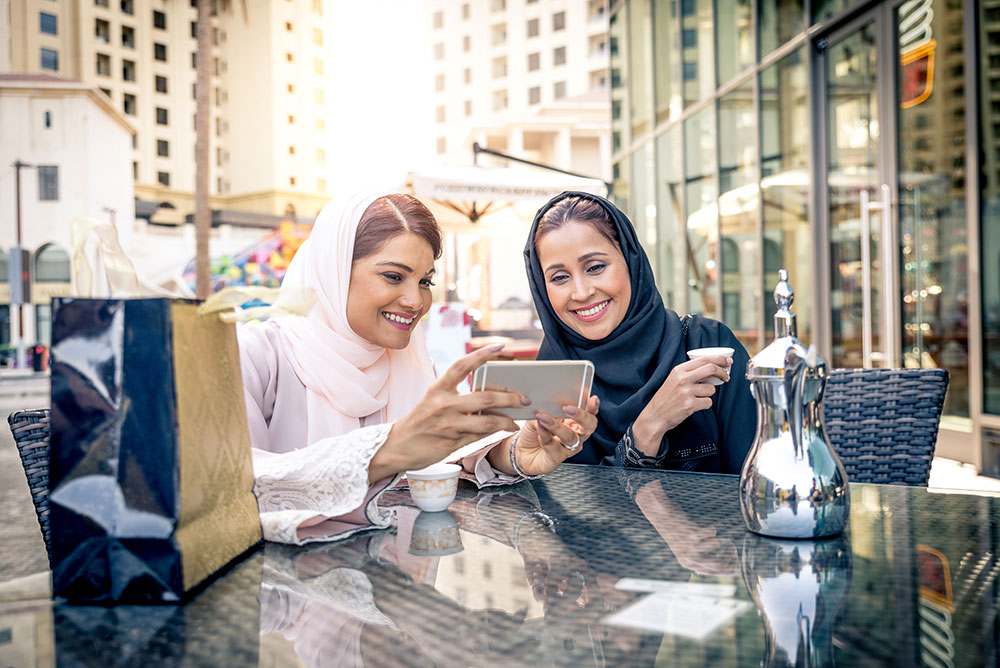
The regional consumer is surpassing global averages when it comes to going digital.
In a move that is unsurprising to most, the Middle East consumer is way ahead of the global percentages when it comes to shopping on Amazon, paying digitally, and getting their groceries online. According to the latest annual Global Consumer Insights Survey from PwC, Amazon shopping has increased from 52% to 76% regionally, in comparison to 65% globally, showing that Middle Eastern consumers are digitally savvy and quickly adapt to online trends.
In fact, nearly 25% of regional consumers exclusively use Amazon for their online purchases, and nearly 75% said that they were likely to purchase their groceries online. Compare that to the global rates (12% and 50% respectively) and you start getting a picture of how the digital has truly changed the Middle Eastern consumer.
Paying with a tap
When you take a closer look at the region’s shopping sprees, you’ll discover that while in-store shopping still finds itself as the top shopping channel, smartphone shopping is soon catching up with 33% of consumers using it as their channel of choice. But even brick-and-mortar stores have had to adapt to the digital – with 45% of Middle East consumers using mobile pay options like Apple Pay and Google Wallet, you’d be hard pressed to find a store that doesn’t accept these forms of payment.
Money trumps loyalty
With price transparency at an all-time high, data shows that Middle Eastern consumers are becoming more price-conscious and would choose getting a better deal over brand loyalty. In the UAE specifically, 49% of consumers said they are more price conscious in 2018, compared to 35% in 2015. Nearly 20% said they are less brand loyal, compared to 8% in 2015. Stores are trying to compete by increasing their promotions to pander to this bargain-loving consumer, and also trying to enhance consumer experiences overall.
Real vs reel
One of the biggest conveniences of online shopping? No lines. Carrefour is trying to mimic the experience with services such as valet trolley, where customers can shop in store but have the items delivered to their door, and scan-and-go, where customers can scan items themselves instead of standing in a queue. That’s one way to bring virtual convenience to the real world!
The Middle Eastern consumer is changing and adopting new digital trends, and it’s up to brands to not only keep up, but also to try and stay ahead of the game by embracing the digital era with open arms.

